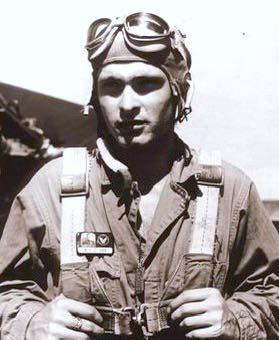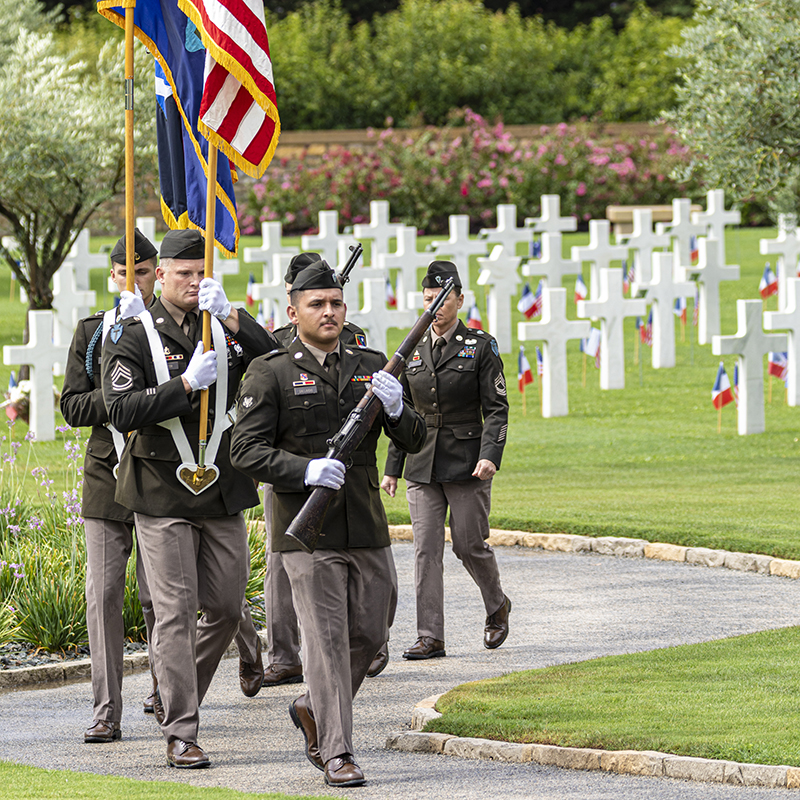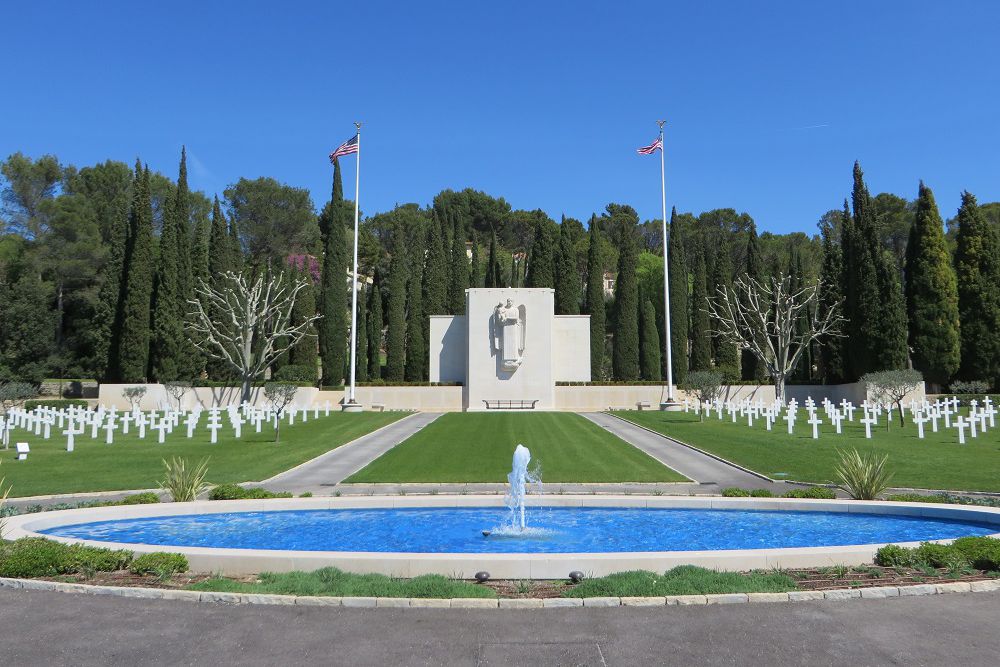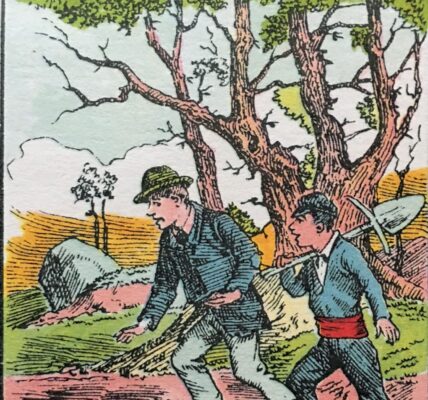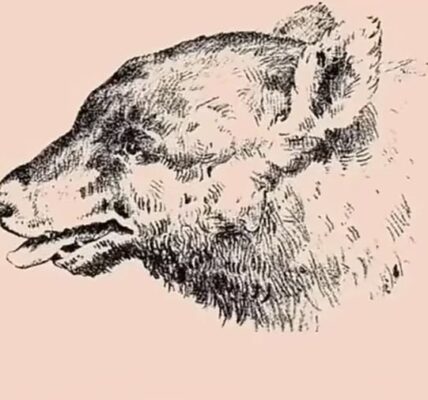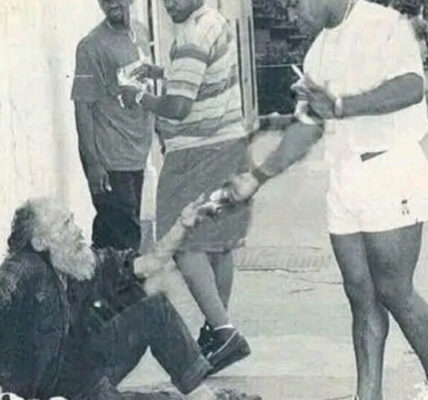Amid the smoke-streaked skies of southern France, in the waning summer of 1944, a young man from Berkeley, California, disappeared into the unrelenting maw of war. His name was Second Lieutenant Walter Oliver St. John Jr., a fighter pilot with the United States Army Air Forces, just twenty-one years old. Eight decades have passed since the August day when his parachute failed to open, when German soldiers carried his broken body away in a van, and when history quietly erased him into the ledger of the missing. Yet his story, like so many others of the World War II Missing in Action, is not silence—it is the echo of sacrifice, of courage, and of unanswered questions that haunt the living.
Born on May 26, 1923, Walter was the eldest of two sons. His parents, Walter Sr. and Harmina, raised him in the leafy streets of Berkeley, where the hum of streetcars and the academic spirit of the university infused his childhood. His boyhood was filled with the golden light of California summers, baseball games played in dusty lots, and the sense of possibility that defined a generation not yet touched by the shadow of global war. But by the time he came of age, the world was already unraveling—Europe ablaze under the boots of fascism, Asia buckling beneath imperial ambition. America would not remain untouched.
At eighteen, like so many of his peers, Walter answered the call. He enlisted in the USAAF, trading the safety of home for the risk-laden promise of flight. The boy became an airman, trained to harness the raw power of the Lockheed P-38 Lightning—a twin-engine predator of the skies, sleek and deadly, designed to carve through enemy formations and cripple convoys on the ground. In flight school he endured grueling tests of skill and will, learning to thread his machine through cloudbanks and gunfire alike. Letters home carried the bravado of youth: stories of flying higher than the clouds, of camaraderie with other cadets, of the intoxicating dream that maybe, just maybe, he was invincible.
By 1944, Walter was no longer training—he was fighting. Stationed with the 94th Fighter Squadron, 1st Fighter Group, he flew out of Mediterranean airfields scarred by constant combat. His squadron’s missions were merciless: strafing German convoys, hunting enemy aircraft, and softening the defenses of occupied France as the Allies prepared for the final push into Nazi-held Europe. Every sortie carried with it the risk of never returning, and every night, the pilots raised tin cups of coffee—or stronger spirits—to the men who did not.
On August 20, 1944, Walter strapped into his P-38J Lightning, tail number 43-28637, for what would be his last mission. The target was a German convoy near Nîmes in southern France, an ordinary strike in the extraordinary brutality of the war. As he banked low over the rolling countryside, flak blossomed in the air around him—black flowers of death that shredded metal and flesh alike. Witnesses later recalled that Walter’s plane was struck. Flames licked the fuselage. He managed to bail out, but fate, cruel and unyielding, betrayed him. His parachute failed to open.
Yet the story does not end in the fields below. French villagers reported that he survived the fall, though unconscious. They saw German personnel arrive, lift his broken frame, and carry him away in a van. After that, silence. No records. No gravesite. No return. Just a name inscribed on a marble wall at the Rhone American Cemetery and Memorial in France, where rows of white crosses and stars of David honor those who never came home. Walter St. John Jr. is among the missing, forever twenty-one, forever a question mark in the hearts of his family.
For his parents, the war did not end with the armistice in 1945. For them, it lingered in the empty chair at the table, in the unopened letters they imagined might still arrive, in the flicker of hope that maybe he was alive somewhere—in a prison camp, in a hidden hospital, waiting to return. But hope eventually gave way to grief, and grief hardened into memory. His younger brother carried the weight of being the one left behind. His descendants still whisper his name when they walk among the stones in France, tracing their fingers over the carved words: Missing in Action.
Walter’s story is not only personal—it is profoundly universal. Across Europe, thousands of young Americans shared his fate, lost in skies over France, Italy, or Germany, their remains never recovered. They remind us that war is not measured only in battles won or territories liberated but in the lives suspended in uncertainty, the sacrifices without closure. In the narrative of the Holocaust, of resistance, of liberation, men like Walter exist on the edges—silent guardians who never lived to see the camps opened, the barbed wire cut, the captives freed. Yet their absence made that liberation possible.
To tell Walter’s story is to confront the essence of war: its glory and its futility, its heroism and its waste. It is to recognize that behind every statistic of the World War II Missing in Action, there is a son, a brother, a boy who once chased fireflies in the darkening California dusk. It is to understand that memory is a battlefield too, one where we fight against forgetting.
Today, a memorial plaque in Nîmes honors him, standing quietly in the French sunlight, just as the marble wall at Rhone American Cemetery preserves his name. Locals still leave flowers. Strangers pause to read the inscription. And in those moments, Walter St. John Jr. is no longer missing—he is present, alive in the hearts of all who remember.
History has a way of folding men like him into footnotes. But the truth is this: his flight did not vanish into silence. It became part of a larger story of resilience, of sacrifice, of freedom purchased at immeasurable cost. And as long as his name is spoken, as long as someone remembers the boy from Berkeley who never came home, Walter’s story endures.
Eighty-one years later, in an age where the noise of daily life threatens to drown out the past, his story stands as both a warning and a beacon. A warning that human lives are fragile, expendable in the hands of tyranny. A beacon that reminds us that even in disappearance, there can be legacy. His family’s grief became history’s lesson. His loss became a reminder of what it means to fight, to hope, to endure.
And so, the story of 2Lt Walter Oliver St. John Jr., the young pilot who vanished over southern France, is not just about being missing in action. It is about presence in memory, about a sacrifice that refuses to fade, about the enduring truth that even when the body is lost, the soul can never be taken by war.
